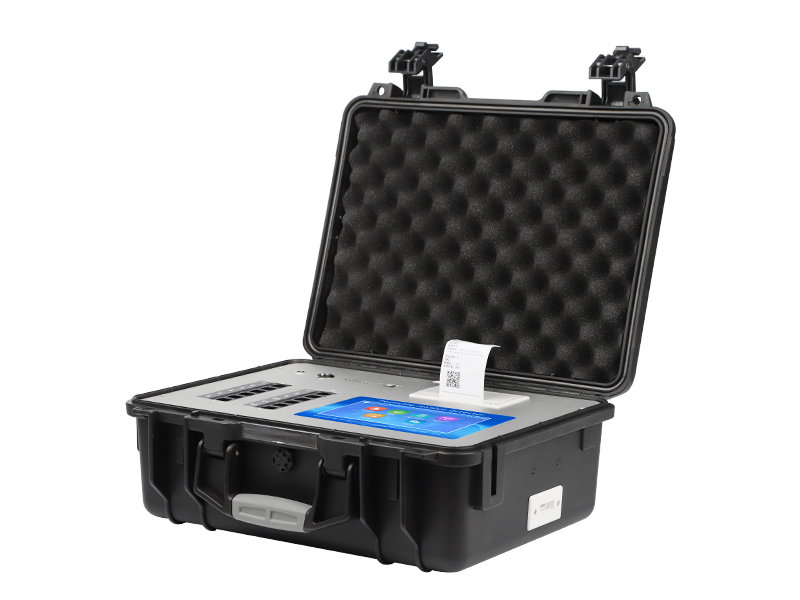As a professional rapid screening device for pesticide residues, the pesticide residue detector offers reliable technical support for ensuring the safety of agricultural products, particularly within the context of the "vegetable basket" project. The device is based on the enzyme inhibition rate colorimetric method and has been designed in strict compliance with the national standard GB/T 5009.199-2003.

The core detection principle of the pesticide residue detector involves measuring the inhibitory effect of organophosphorus and carbamate pesticides on cholinesterase activity, thereby enabling accurate quantification of pesticide residues. The instrument is compatible with both acetylcholinesterase and butyrylcholinesterase reagents. The test results not only conform to national standards but also meet the requirements of international regulatory bodies.
Performance Characteristics:
- High-efficiency detection capability: The 12-channel synchronous detection design allows for the simultaneous processing of multiple samples, supporting a streamlined workflow described as "place and test immediately."
- Intelligent operating system: The device features an Android operating system, a 1.88 GHz multi-core processor, and a 7-inch touch screen, ensuring user-friendly and smooth operation.
- Professional database support: It includes a built-in database of over 100 vegetable names and supports custom editing to accommodate diverse testing requirements.
- Data interconnection and interoperability: Equipped with dual-mode data transmission via WiFi and 4G, the device enables real-time upload of test results to regulatory platforms.
Application Scope of the Pesticide Residue Detector:
- Production bases: Conduct rapid screening prior to harvest to ensure source-level product quality.
- Wholesale markets: Perform random inspections upon product entry to prevent substandard items from entering the market.
- Catering units: Carry out ingredient testing to ensure food safety and hygiene.
- Household use: Enable consumers to self-test fruits and vegetables before preparation, promoting safe consumption.
Address of this article:http://www.hmfoodtesting.com/article/53.html


 Current
location:
Current
location:





